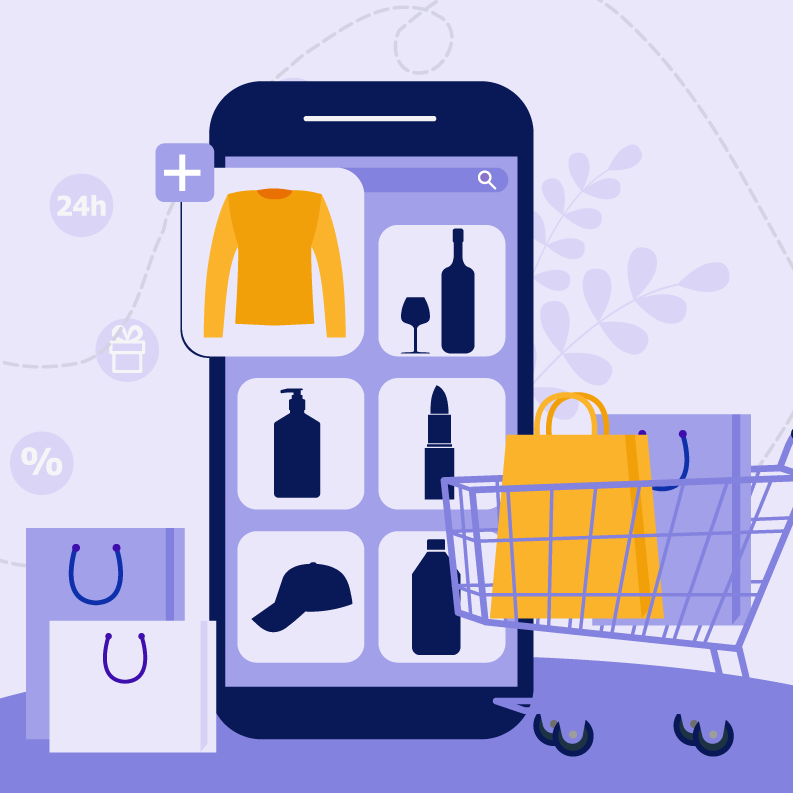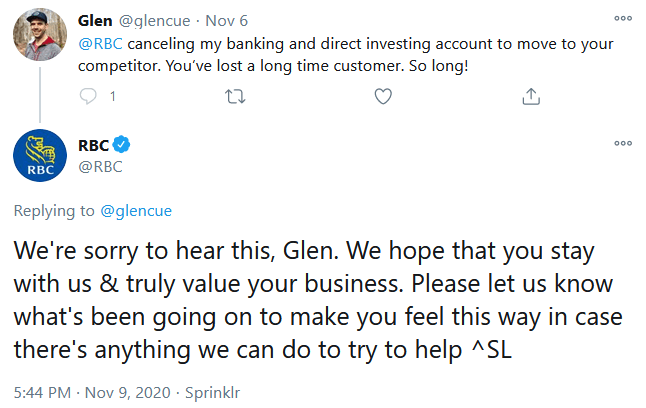
Quick commerce – also known as Q-commerce and on-demand delivery – is an e-commerce delivery process that aims to have purchased goods and services delivered within an hour or less. With a focus on speed and convenience for the consumer, quick commerce is typically centered around smaller quantities of products, ranging from food, beverage, toiletries, pharmaceuticals and more. Popular delivery platforms include Zapp, GoPuff, Uber and many more, with large retailers also offering their own version of quick commerce delivery, such as Amazon, Walmart and Tesco.
Quick commerce isn’t exactly new. In fact, it’s been a key offering in the food market for many years now as companies have tried to become more competitive in the last-mile delivery space. During the global pandemic, quick commerce crossed over into other product categories and became a mainstream consideration for online shoppers who were cut off from in-store options due to supply chain issues and extended national lockdowns.
Valued at approximately $25 billion, the quick commerce industry is predicted to be worth over $75 billion in 2025, and according to the World Economic Forum, demand for last-mile delivery is expected to grow 78% globally by 2030.
With its ability to keep up with rapidly changing customer behavior and accelerated expectations around delivery times, quick commerce has clearly proven to be a popular solution for shoppers.
A Closer Look at the Quick Commerce Landscape
There are a lot of companies providing delivery services that fall under the definition of quick commerce. We can break this down into three key categories:
- Rapid delivery services
- Intermediate delivery services
- Traditional retailers and delivery partnerships
Rapid Delivery Services
Rapid delivery companies have gained much attention since the COVID-19 pandemic, with a wave of venture capital-funded businesses quickly becoming popular with consumers. These businesses are typically data-driven and e-commerce focused, leveraging dedicated warehouses to fulfill orders. Instead of the traditional approach of investing in large warehouses outside of populated areas, they instead use smaller warehouses, known as “dark stores,” or micro-fulfilment centers located near the point of delivery (typically 1-2 miles from the locations they deliver to). Unlike traditional delivery services, products are sent straight from the warehouse to the consumer, avoiding any additional stops at a retailer or restaurant.
Intermediary Delivery Services
Pizza Hut was responsible for the first online food order dating back to 1994! Since then, there’s been a flood of companies that have focused on providing delivery services specifically for restaurants. Even more recently, other categories such as groceries and pharmaceuticals have entered the space. The difference is that these businesses specialize in delivery-only services and, unlike rapid delivery services, they don’t hold physical stock or own warehouse space. Instead, they provide their services to restaurants and traditional retailers to enable them to reach more consumers with improved delivery times (many restaurants and retailers simply do not have the logistics required to meet this demand directly). Examples include:
- Uber Eats
- DoorDash
- Grubhub
- ChowNow
Traditional Retailers and Delivery Partnerships
To keep up with the rise of third-party delivery services, many traditional retailers are investing in developing their in-house capabilities to provide consumers with more delivery options. Some retailers are mirroring the fulfillment processes of many rapid delivery services by creating their own micro-fulfilment centers within populated areas. Other retailers are choosing instead to partner with technology companies to create dedicated apps for consumers. Examples include:
- Amazon (e.g., AmazonFresh)
- Walmart
- Tesco (via Whoosh)
- Waitrose (via Deliveroo Hop)
Challenges for Brands in Quick Commerce Services
It’s clear that quick commerce has become a popular trend in the e-commerce space. Now, the big question facing many brands is how — if at all — should they work to include quick commerce in their e-commerce strategy?
For most brands, taking ownership of last-mile delivery and becoming a quick commerce player is likely going to be an unrealistic prospect. It’s just not their expertise. And even for dedicated start-ups, quick commerce has high operational costs and can be extremely competitive. Many analysts are unsure whether it can be a sustainable business model due to challenges around profitability. By nature, the quick commerce sector is led by consumer demand for low-value product orders, whereas a key to profitability is increasing average order value (AOV) and basket size — both of which are conflicting forces.
For example, setting up a last-mile, rapid-delivery infrastructure requires a high capital investment in the form of dark stores (hyper-local mini warehouses) and product inventory. This is only applicable for companies taking on rapid delivery, as the intermediary delivery services — such as Uber Eats — do not have to bear this initial capital investment as they are focusing on delivery only, rather than holding inventory in dark stores.
Due to the high capital investment and operational costs, many companies in this space will find it challenging to be profitable.
To attain profitability, companies will likely need to focus on two areas:
- Achieving scale: Focusing on building a loyal customer base and increasing market penetration will help with this. However, quick commerce is currently a highly competitive market which means companies will need to scale fast.
- Charging a premium: Adding a premium on products can help to cover the high costs mentioned above, but are consumers loyal enough to pay a premium for faster delivery? Compare this with low-cost and free delivery services, such as Amazon Prime, which are proving to be extremely popular with consumers.
These are, of course, all considerations that suggest it may make more sense for most brands to partner with quick commerce companies to meet consumer demand.
Secondly, consider your product categories and suitability for quick commerce. Products that can be impulse or distress purchases with high profit margins are an obvious choice, with examples such as alcohol, cosmetics and beverages.
Thirdly, when looking at how to partner with rapid delivery services, the consumer experience should remain a key consideration. Shortening delivery time is a great way to meet the consumer’s need for convenience and differentiate from competitors. However, doing this at the expense of a positive customer experience can be extremely problematic.
This can be mitigated by following many of the tactics brands already employ with their wholesale channels to ensure consumer satisfaction.
Close collaboration with delivery partners is therefore critical to ensure that consumers are presented with correct and up-to-date product information and content to help them along the path to purchase. For example:
- Does the delivery partner have a mechanism in place to ensure the correct product descriptions and images are in place?
- Does the delivery partner have robust processes in their dark stores to ensure quick delivery and product care? For example, can they group heavier items together in order to be packed first without smaller, fresh products being crushed?
These considerations will help narrow down which potential partner companies will be a good fit.
Finally, partnerships can be as simple as referring traffic to preferred delivery services from any marketing touchpoint along the consumer journey. This approach can be personalized based on product type and consumer preferences. Certain products may be better suited to offering rapid delivery purchase options, such as food, drink and over-the-counter pharmaceuticals. For example, if a consumer is searching for pain medication, a personalized e-commerce experience focusing on rapid delivery could be beneficial. Whereas for other products that are less of a distress purchase, traditional retailers may be better suited.





